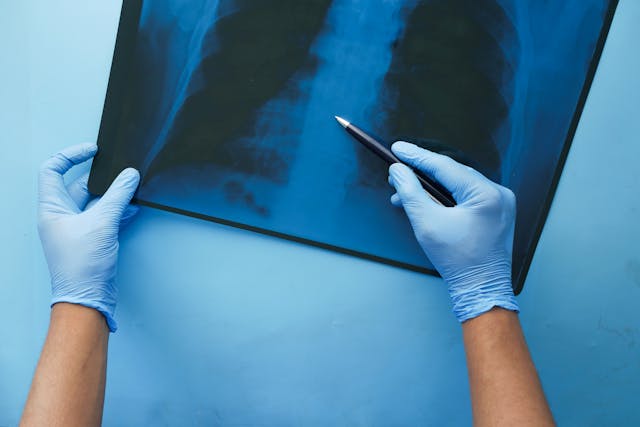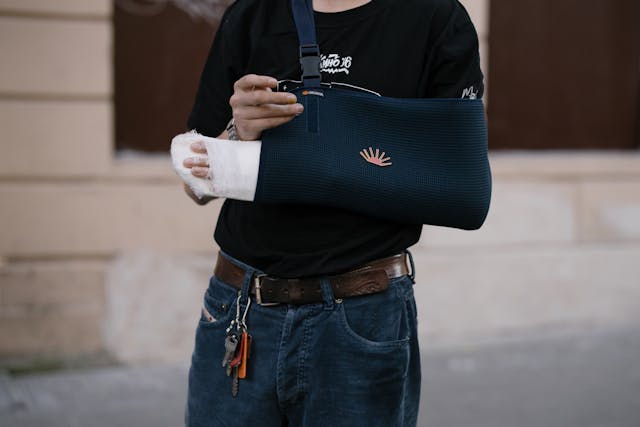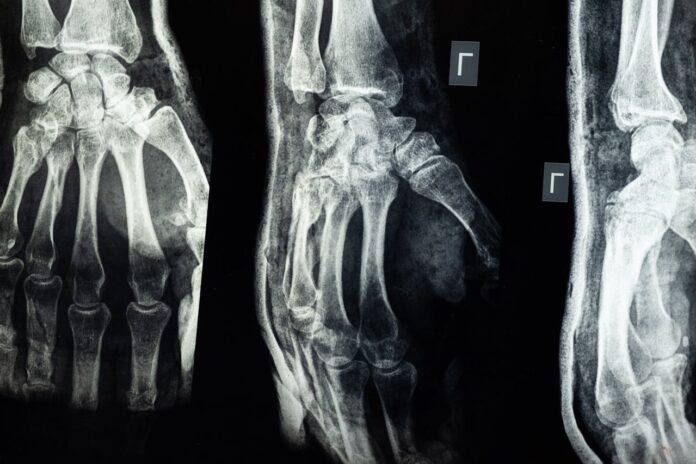Physiotherapy has been an essential part of post-injury care. It is recommended to have a proper physiotherapy approach along with the treatment. Only then, full recovery can be made. There are many different conditions that require physiotherapy, and fractures are one of the most common orthopaedic conditions. A fracture is any crack or breaking of the bone. In 2019, there were over 100 million new fractures of different kinds. There are many different reasons why a person can get a fracture. Some fractures may heal quickly, while others may take a while. It is necessary to be aware of the need for physiotherapy and the necessary steps to be taken when having a fracture.


Physiotherapy after Fracture
A fracture can be a painful experience. It can reduce mobility and make doing even the most basic tasks very difficult. Physiotherapy is generally done after the healing phase of the fracture passes but can also start earlier. It can take anywhere from two to three weeks to over a month or more. It also depends on other factors, such as age. The healing pace depends on various factors such as the severity of the condition, dietary habits, and the necessary post-fracture care by the patient. Healing is necessary because, during physiotherapy, apart from different modalities, mobilisation is done by the therapist as exercises. If the healing is slow, it is important to meet with an orthopaedic physician so they can modify the medication if needed.


Some Common Fractures
There are many different types of fractures. Some fractures, such as greenstick fractures, happen mostly in children, while others, such as compression fractures, are more common in adults. Each type of fracture has its own different type of management, including physiotherapy. Some of the common types of fractures are listed below:
- Closed fracture: As its name suggests, it is a fracture that is closed in nature. It does not pierce through the skin. Open fracture: In this type of fracture, there’s a broken bone that has pierced through the skin. It is more susceptible to infections.
- Oblique fracture: In this type of fracture, the bone is cracked at an angle, creating a line that runs diagonally around the bone.
- Comminuted fracture: This type of fracture happens when the bone is completely shattered into various pieces. This fracture often takes significantly longer to heal than other fractures.
- Greenstick fracture: This type of fracture is mostly common in children. There’s a small partial crack that doesn’t go all along. It is common in children because their bones are more flexible.
- Spiral fracture: This fracture happens when the bone is twisted and is broken due to the twisting motion. This fracture is mostly common in long bones. Hairline fracture: This type of fracture is more common in athletes. The fracture is due to too much activity placed on the bone, resulting in a small crack.
General causes of Fracture
- One of the most common causes of fractures is injury. The injury can be due to a fall from a high place or an accident. Vehicle crashes are one of the biggest causes of fractures. Slipping, falling down, or something hitting a limb with speed can also result in fractures.
- Falling from a high place is one of the most common reasons why children get fractures. Overuse is another big reason for fractures. A common example is when people injure themselves in the gym by pushing too hard during exercises.
Health based fracture causes
- There are many other health conditions, such as osteoporosis, in which the bone becomes too weak and may even break due to mild stress. Conditions like these can cause fractures. Malnutrition can also cause fractures.
- Some people have low calcium levels in their body, which can result in fractures. Low levels of vitamin D can also result in a higher risk of fractures, as vitamin D helps in the absorption of calcium.


Dealing with Fractures
Firstly, it is important not to move the fractured part. Applying a bandage over it is necessary to fix the fracture in a stable position. A bandage holds the bones together. Immobilisation is also done with a cast or splint. For faster healing, it is necessary to consume food that is rich in calcium, vitamins, and protein. If there’s a deficiency of a particular nutrient in the body, supplements should be sought. Following proper treatment is a must. Taking medication on time, doing the exercises given by the physiotherapist, and avoiding things that can affect healing, such as smoking, should be avoided.
Anyone can have fractures. It is something quite common, and most of the time, it heals easily with time. What is necessary is to follow all the guidelines and take precautions, especially after healing, so that the bone can quickly return to its functionality. In the case of any advanced fracture, surgical treatment should be sought quickly so that the condition does not escalate into something serious. Physiotherapy is what is needed in most fractures as it can help with the healing. It is always important to stay alert to avoid issues such as fractures, but in the case of unfortunate events, proper care, such as physiotherapy, must be done.










